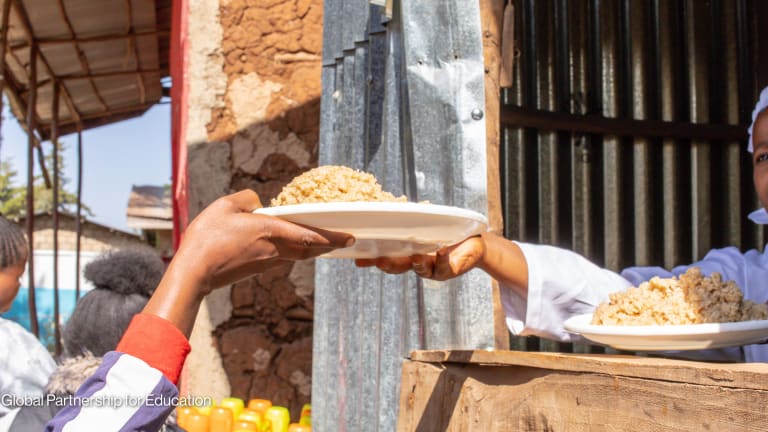For Rosa Elvira Castro, who earns a modest living growing corn, beans, and coffee in the hills of rural Honduras, much depends on the whims of the weather. Erratic rains have ruined harvests and decimated cropland in the past. Cyclones that are growing in power and frequency, are a risk to her rural community.
It’s a reality that 65-year-old Rosa knows too well — she can recall the devastation of waterlogged farms, washed-away roads, and broken homes caused by Hurricane Mitch in 1998, which triggered the worst flooding in Honduras that century.
In 2023 the stakes are even higher. Against a backdrop of climate change, the COVID-19 pandemic, and conflicts such as the war in Ukraine, all exacerbating difficulties in the global food system, the El Niño weather phenomenon, which happens every two to seven years, has now arrived and is set to build strength this summer.








